GUEST BLOGGER JACQUIE SEWALL
Whale Fall Cafe takes readers into the deep sea where they discover an amazing ecosystem centered upon the carcass of a whale. Before reading Whale Fall Cafe, have students share what they know about different ecosystems. What is true about all ecosystems? Have a student look up “ecosystem” in the dictionary.
Activity #1: Investigating creatures found on a whale fall
Watch
Credit: Ocean Exploration Trust and NOAA ONMS
Show students the video (above) from October 2019 when scientists aboard EV Nautilus made a surprise discovery of a baleen whale fall in Monterey Bay National Marine Sanctuary.
Read
After reading Whale Fall Cafe and watching the video, give students an opportunity to talk about which deep sea animals they would like to learn more about. Why? How could they find out more information about their animal? Discuss print as well as online options.
Show the students the back matter section of Whale Fall Cafe. Explain that authors often include more detailed information about a picture book’s topic in the last pages of the book. Explain that an author’s website often has additional resources for curious readers. (I have links to videos and informational websites on my website.
Present
Have students share their animal’s story through written reports, stories, photographs, videos, art projects etc.
Activity #2: Investigate a tree fall
A fallen tree in the forest is also an ecosystem. If possible, take your class out into the woods and find a fallen tree or a decomposing branch. Or have students look closely at the image below and imagine it on the forest floor. Have students record their findings using the questions below.
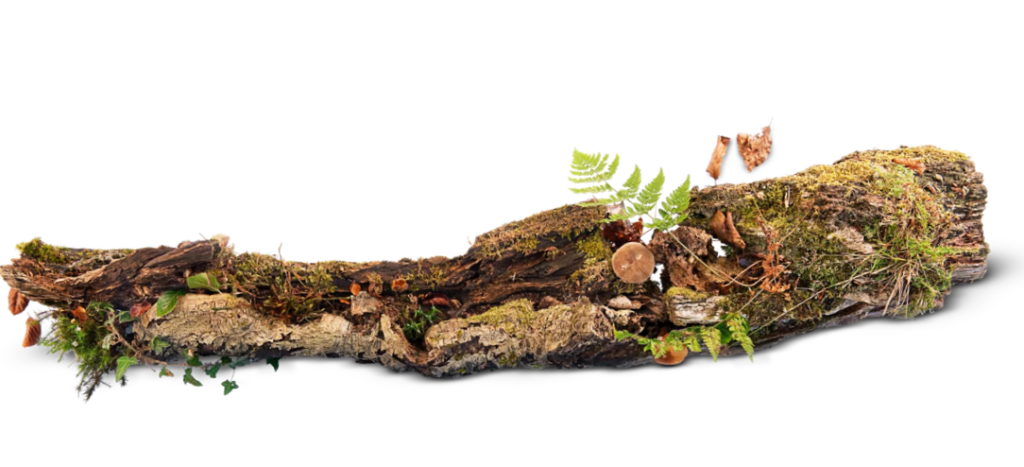
Observe
- What do you see on the tree or branch? Is there any bark still on the wood?
- How many different types of plants are growing on your “tree fall”?
- Nutrients from the decaying wood help other plants to germinate and grow. What plants are growing on the forest floor around the “tree fall”?
- What invisible organisms do you think are living on your “tree fall”?
- Describe any insects or evidence of insects that you see. (Evidence might include burrow trails in the wood, insect casings, pupae, webs, egg masses, etc)
- Look at the ground around the tree. Do you see any foot prints? Whose are they?
Speculate
- How might larger animals use a “tree fall”? Which ones might be found at a “tree fall” in your woods?
- How old do you think your “tree fall” is? Did it fall recently or long ago? What clues make you think this? What do you think it will look like in 100 or 500 years?
Activity #3: Compare a whale fall with a tree fall
Ask students to consider the following questions. They can either discuss their ideas or write a short essay.
- How is a whale fall similar to a tree fall?
- How are they different?
- What would happen if one of the animals in the whale fall food chain became extinct?
- What would happen if whales became extinct?
- The first whale fall was discovered in 1987. Today, eighty percent of the ocean is still unexplored by humans. Why? What else do you think scientists might discover in the ocean someday?
Jacquie Sewell is the author of two nonfiction books, Mighty Mac, The Bridge That Michigan Built, and Whale Fall Cafe. Her article about Anna Coleman Ladd, an American sculptor who used her art to help disfigured soldiers during WWI was published in the March 2006 Cobblestone Magazine and reprinted in the June 2017 Cobblestone Magazine. Find out more at www.jacquiesewell.com.


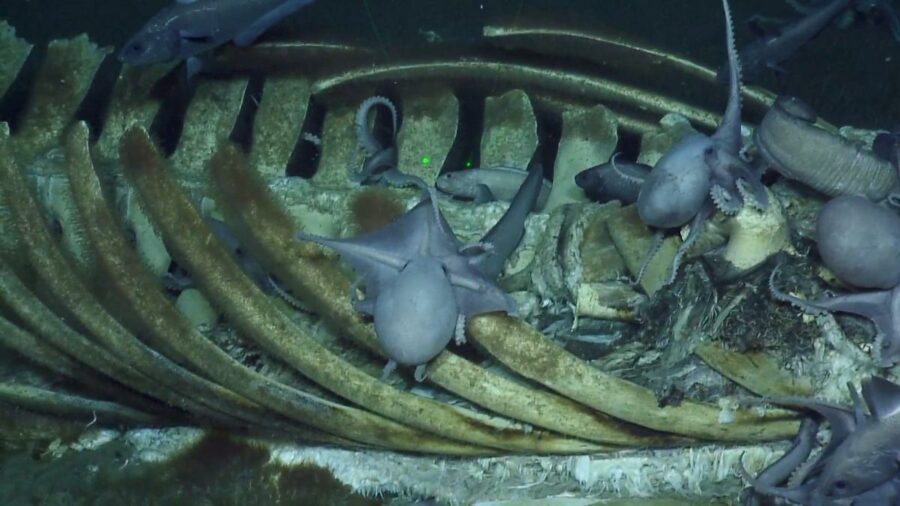

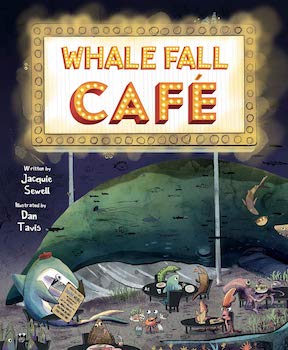
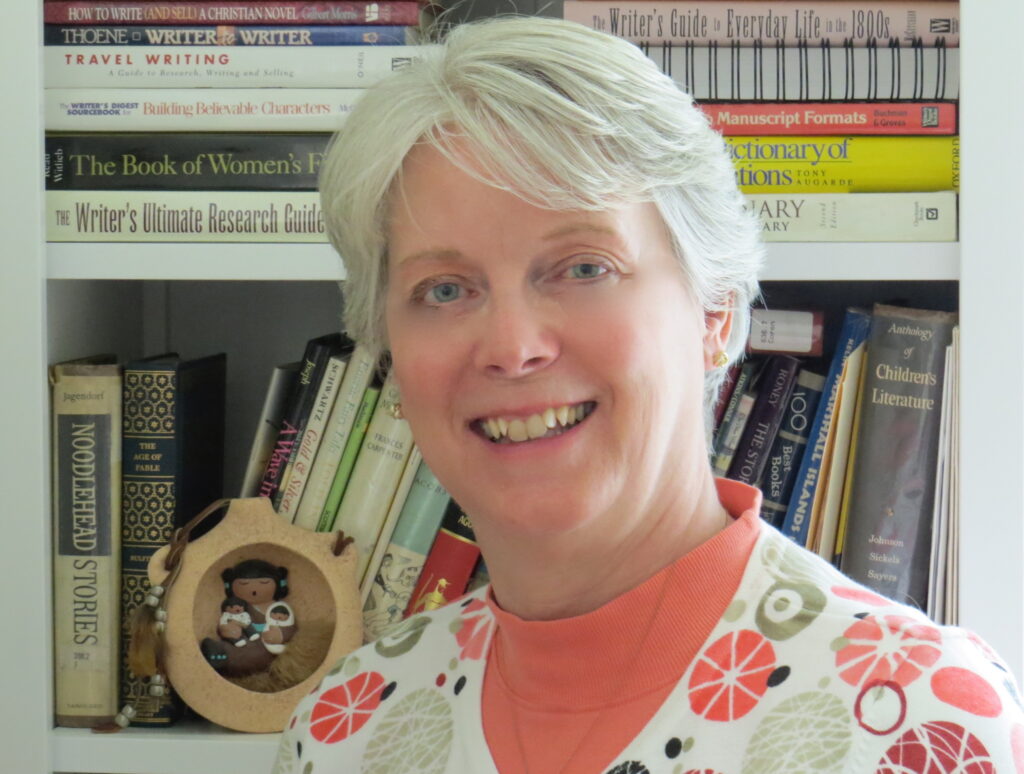
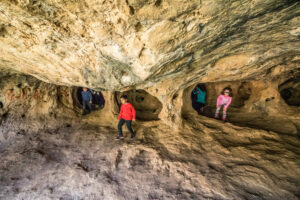
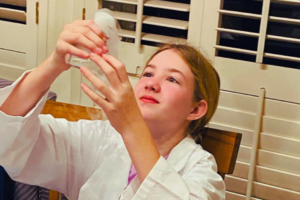



Leave a Reply
Your email is safe with me.